How miners’ hunt for metals to power electric cars threatens Sámi reindeer herders’ homeland
Some of the metals that are key to a green transportation transition can be found in Arctic Europe. But they lie beneath a landscape that's vital to the Sami way of life.
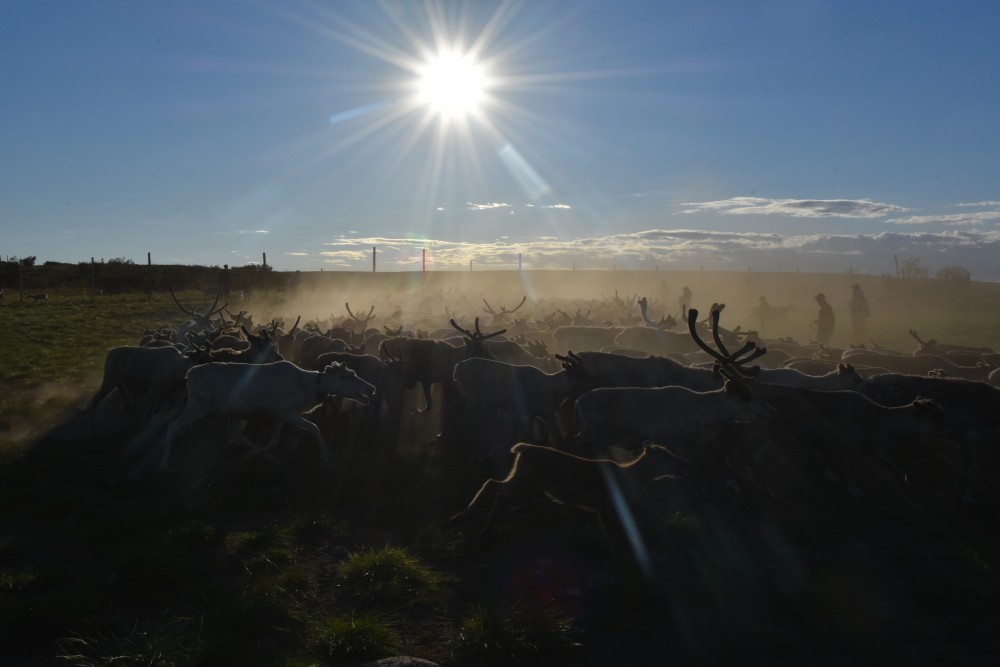
Tuomas Siilasjoki and Minna Näkkäläjärvi say they were taken by surprise when a mobile drill rig one day appeared in the horizon. Nobody had asked them about exploring for minerals inside their siida, a reindeer foraging area, in northern Finland. The Sámi families here in Tarvantovaara wilderness area fear the world’s hunger for metals to ramp up the green economy will destroy their indigenous way of life.
There is not much vegetation on the mountain plateau, but for reindeer, this is valuable feeding grounds in summer and autumn. Windy enough to avoid insects so more time can be spent on eating. The picturesque landscape in Finland’s northwestern “arm” is one of Europe’s last great wilderness. The nearest road is several hours’ walk away. From a height of about 600 meters above sea level, the Norwegian municipality of Kautokeino can be seen to the north and the Swedish village of Karesuando is in the far horizon to the south.
Homeland to Sámi reindeer herders since ancient times, though, it is what is beneath the surface of these moss- and lichen-covered rocks that now draws global attention. Studies made by the Geological Survey of Finland show findings of nickel, copper, vanadium and cobalt, all being minerals highly demanded in the production of electric vehicle batteries. According to a scenario report by the International Energy Agency the numbers of electric vehicles are expected to boom up to 116 million in 2030. That is significantly up from the 2020 estimated sales of EVs, believed to be 1.7 million globally.
Battery producers supplying carmakers like VW, Nissan, Hyundai and Tesla are already rushing to secure as much raw materials as possible. Metal prices are skyrocketing, making mining companies even more eager to explore new areas. Electrification of the transport sector and renewable energy production are key to slow down the global climate crisis. But it all comes with a price: Mining. Big mining. In that regard, northern Scandinavia proves very promising.
For Minna Näkkäläjärvi, the battle to save her part of Lapland has just started.
“It’s not possible for reindeer husbandry and mining to co-exist in the same area,” she says. “The grazing land and migration routes vary from year to year depending on natural conditions,” she explains and tells how climate changes make it all even more unpredictable.
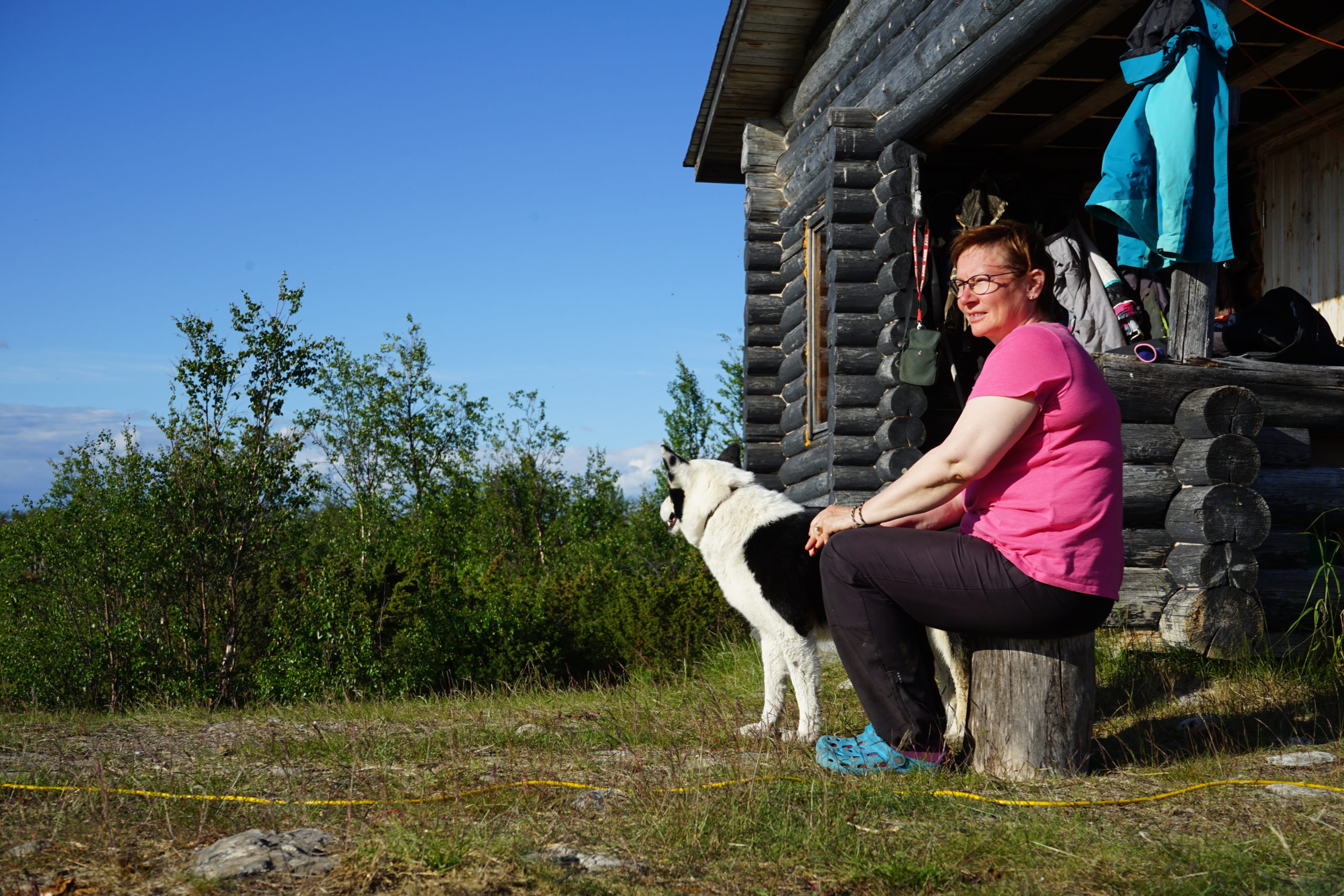
During summer the sun doesn’t set for weeks over the Sámi village on the banks of Lake Salvasjärvi, some 230 kilometers north of the Arctic Circle. This is where Minna, Tuomas and the other herders in the siida gather the reindeer for marking the calves. Reindeer do not like the heat and with temperatures above 20 degrees C, the herders decide to wait until late evening before bringing the animals to the enclosure where the marking takes place.
The marking is the time when they all team together. Adults and teenagers, the elderly and even the youngest children participate. Joni (11) was practicing throwing the lasso at some logs while most others were still sleeping. “I’m starting to be good,” he smiles and can hardly wait for the hundreds of reindeer and calves to be brought to the enclosure. “This isn’t only about a job, reindeer is our culture, our lifestyle,” Minna says.
Sámi traditions may vanish too if reindeer herding disappears. The Sámi peoples in northernmost Scandinavia are the only Indigenous peoples in the European Union.
Piercing of the calf’s ear, by cutting their owner’s mark, makes it possible later to recognize which reindeer belongs to whom. It sounds more brutal than it actually is. Identifying and capturing the calves with the lasso, though, takes hours and some of the young animals get exhausted by running in circles inside the enclosure. Good then, to get some reindeer milk from a feeding bottle. The annual calf marking is important for passing knowledge from one generation to the next.
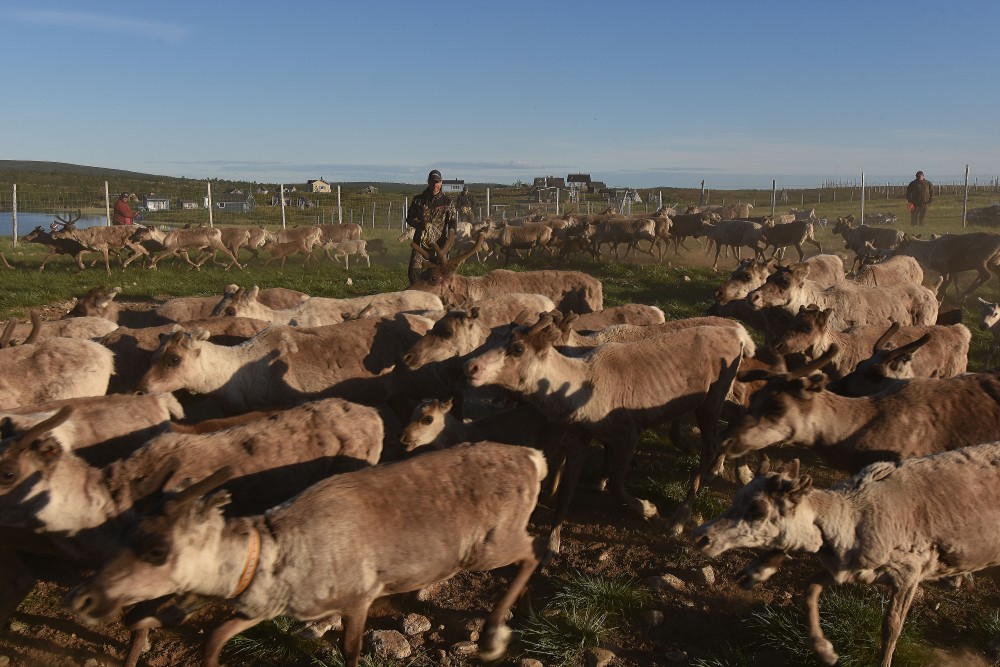
It has gone four years since the drilling rig and a tracked vehicle came to collect samples from the rocks on behalf of the Geological Survey of Finland (GTK). More 3,300 meters of core samples from some 20 drilling sites, additional to aeromagnetic surveys in the 245 square kilometers Hietakero area inside the Tarvantovaara and Käsivarsi wilderness areas proved findings of copper, cobalt and nickel, the GTK report from 2018 reads. In February 2020, the Finnish branch of the Dutch-based Akkerman Exploration made a notification reservation. The reservation was approved by the Finnish Safety and Chemicals Agency in April.
Jan H. Akkerman, Managing Director of Akkerman Finland OY, says more early-stage exploration studies are needed and that no decision is yet taken on whether or not to apply for an exploration permit.
“At this very early stage of investigation it is difficult to define whether reindeer herding and mining can coexist in the Hietakero,” Akkerman says.
He explains that more knowledge is needed on whether there are any mineable mineral deposits and what the eventual type and scale of mining and mineral processing would be. “For now we are interested to understand the views and concerns of the local community, as well as possible interest for cooperation or participation.”
Akkerman welcomes dialogue with local stakeholders and makes clear that a decision whether to apply for an exploration permit or not will be taken after all have had a chance to present their opinion and submitted possible complaints.
For Minna, the assurance that no mining will start without dialogue is not soothing.
“Nobody ever asked us before they started geological surveys in the mountain. If mining is approved, we have no rights to appeal according to Finnish law.” She says even the uncertainty has a negative impact. “The younger generation, my children, start to wonder whether or not reindeer herding has a future, or if they should give up (and) choose another occupation.”
What about the world’s need for metals vital for the transition to a green economy?
“I don’t know which metals they found, but I don’t think the world will be a happier place without our Sámi reindeer herding culture,” Minna says. She looks thoughtfully towards the horizon before stating frankly: “If we lose the grazing land to mining, we lose everything.”
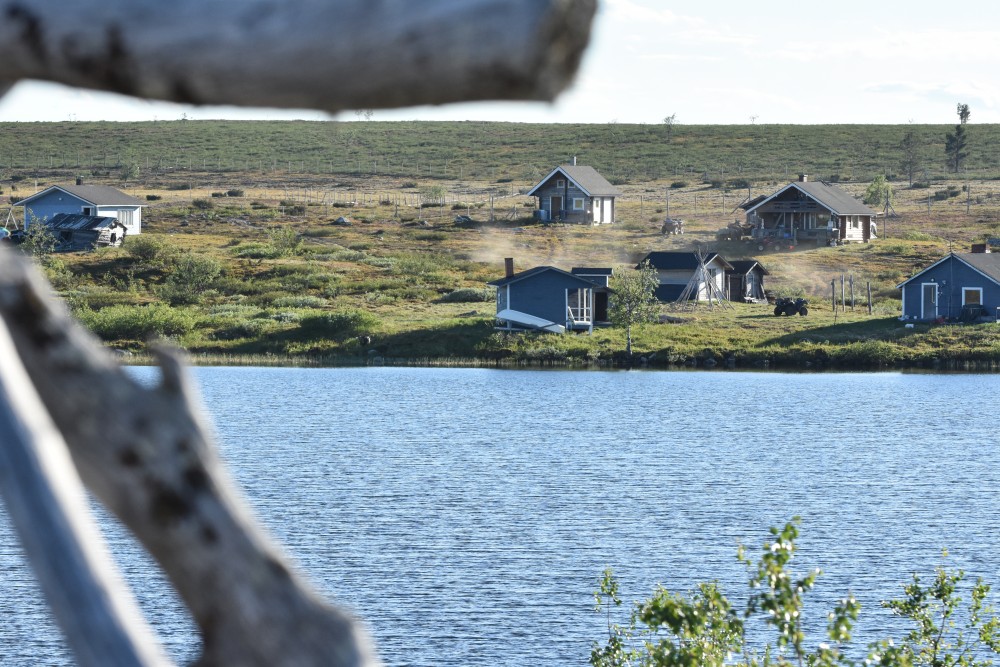
Tuomas adds that the mountain plateau in question for mining is the summer and autumn pasture land. “We have nowhere else to move. All other areas are occupied by other reindeer herders.” 70 percent of the Hietakero area reserved for mining by Akkerman Finland Oy covers Erkuna siida. The rest of the municipality of Enontekiö, the “arm” of Finland, is divided between other siida.
When the mining reservation became known, Minna started a website collecting names for a petition calling on a permanent ban on mining in the municipality of Enontekiö. After two weeks, more than 6,000 people had signed. “We have no other option than trying to influence the politicians in Helsinki, attract attention. Maybe it is hopeless, but then I have at least given it a try,” she says. The signatures will be handed over to the Finnish government.
Minna explains how the Sámi people have already seen the devastating effects that ‘development’ projects have brought to the Sámi homeland with waste, deforestation and extinction. “We as a people, can’t take the risk that the encroaching mining companies lay waste on our lands and leave us with toxic, barren wastelands,” she states.
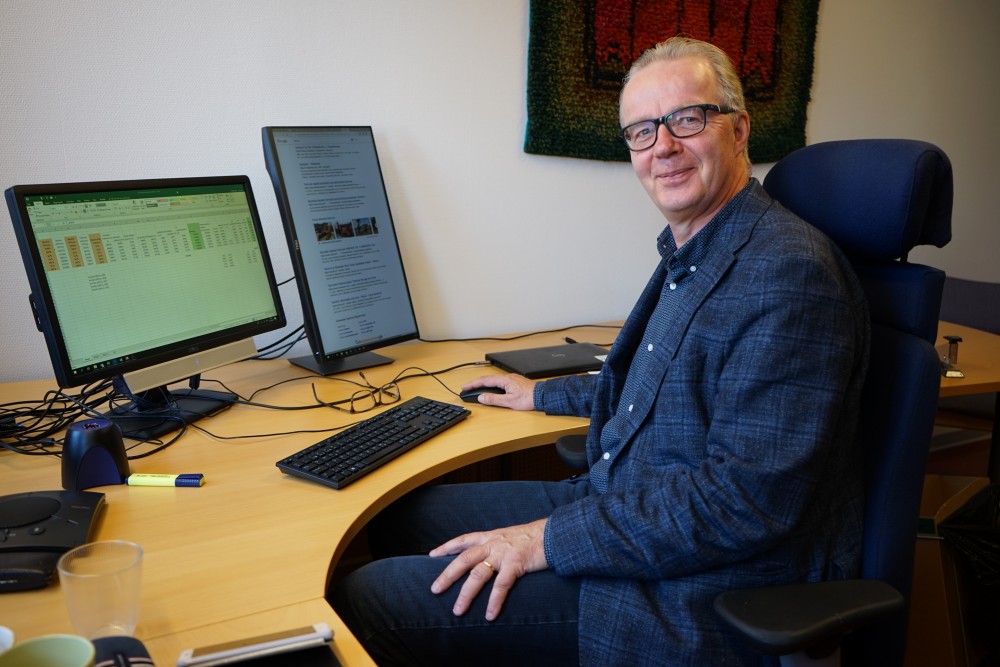
Unlike Norway, Finland has not ratified the ILO Convention on the Rights of Indigenous Peoples. If signed, it would give the Sámi a bigger say over their traditional culture and homeland.
At the University of Lapland in Rovaniemi, professor Jukka Similä is an expert on natural resources and Arctic environmental protection. He confirms that the pressure to increase mining is linked with higher demands for battery metals.
“The government of Finland is very positive and authorities like to promote mining industry all over Finland, especially here in Lapland and eastern Finland,” Similä says. He doesn’t expect a boom in opening of new mines in the nearest years, but points to Sakatti deposit north of Sodankylä as one of the most controversial from an environmental point of view.
“The mineral deposits are partly located in the Viiankiaapa nature conservation area. The deposit is so rich that they plan to enter the area via a tunnel from outside the protected zone,” Similä says. “But for now,” he elaborates “it is difficult to make any impact assessment because we don’t know the details of the mining company’s plans.”
The professor, though, believes the plans have the potential to become a huge international environmental conflict.
Sakatti Mining Oy is the Finnish subsidiary of Anglo American.
The company describes the deposit, which riches lies hundreds of meters beneath the Earth’s surface, as having an “excellent exploration potential for metals of the future.” That includes battery metals like nickel, cobalt, copper, but also platinum, palladium, gold and silver. Sakatti Mining underlines the importance of protecting nature, stating “when done right, impacts on the conservation area can be minimized.”
For now, the company concentrates on test-drilling to determine the potential of the deposit.
A few kilometers further north is Sweden’s mining giant Boliden operating the Kevista mine, one of the biggest open-pit mines in Finland where both nickel and copper are extracted. Outside Gällivare, Boliden is also operating Sweden’s largest open-pit copper mine.
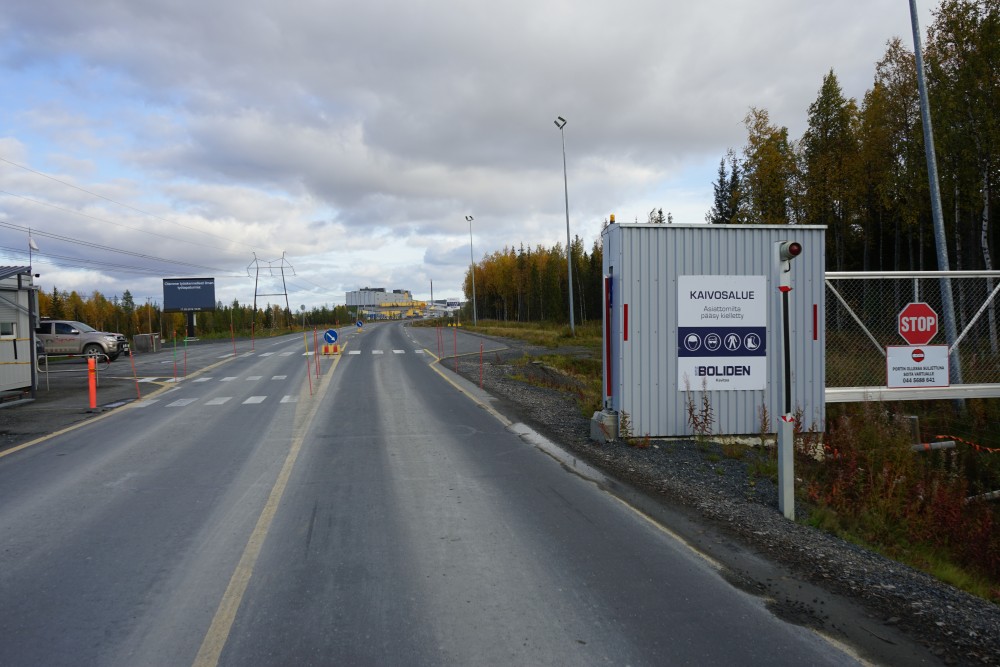
The reindeer herders in the Erkuna siida believe their fight isn’t only about them. Allowing for one mining company could set precedent for many others to follow. Similar conflicts between reindeer herding and mining companies take place in northern Norway and Sweden. And mining just adds to the pressure already existing from construction of wind-mills, logging, tourism, railway plans and road construction.
Pirita Näkkäläjärvi, Member of the Sámi Parliament and former editor of Yle’s Sámi-language news, says the area available for traditional Sámi livelihoods has been reduced and fragmented by the demands of other forms of land usage. “When threatened by competing land usage, reindeer herders simply don’t have anywhere else to go with their reindeer,” she says and explains that Finland has 54 herding cooperatives where reindeer have to stay within the boundaries.
The Sámi homeland comprises the municipalities of Enontekiö, Inari, Utsjoki, as well as the Lapland reindeer herding cooperative in Sodankylä.
“Information about large-scale projects, like the mining plans, is typically reaching Indigenous rights owners of the area randomly via grapevine and newspapers,” Pirita says. “Neither the reindeer herding cooperative nor the Sámi Parliament in Finland received an official notification about the Hietakero reservation.”
The Sámi Parliament has appealed against the mining reservation, but Pirita fears the protest will fall on deaf ears.
“The appeals might not have any impact because the Supreme Administration Court in 2013 decided that under the Mining Act, reindeer herders, reindeer-herders cooperatives and the Sámi Parliament have no right to appeal on reservations in the Sámi homeland. This right is reserved to competing companies only.”
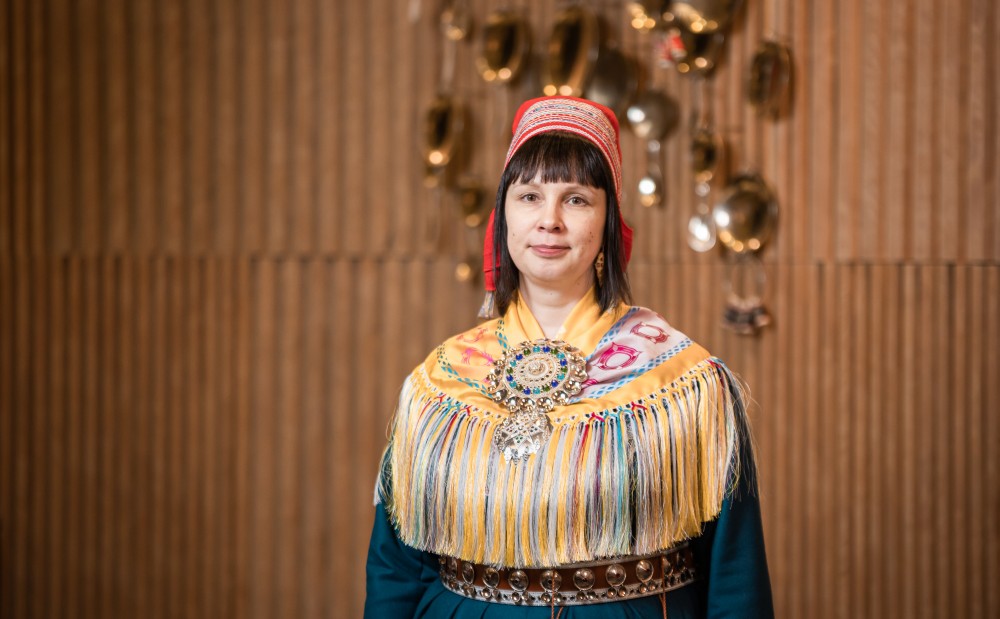
Manufacturing of batteries, mainly for electric vehicles, now accounts for 60 percent of the 125,000 tonnes of annual global mined cobalt. As human rights organizations put a stronger pressure on battery producers to stay away from Congolese child cobalt mining, developing new deposits in other places are most welcomed to meet the current shortage caused by strong demand growth from battery-powered cars, trucks and busses.
While your smartphone battery contains some 5 to 20 grams of cobalt, an electric car requires between 3 to 30 kilos of the same metal. Some car-makers, though, like Tesla, says it might be possible to produce batteries without cobalt in the future. Others, focusing on next-generation solid-state batteries, expect the cathode to contain similar amounts of cobalt. Electrification of the transport sector is expected to push the annual global cobalt demand to between 250,000 and 300,000 tonnes over the next decade.
A European Commission strategic action plan for batteries production estimates that Europe could capture a battery market of up to €250 billion a year from 2025 onwards. However, the EU acknowledges that access to raw materials is of top importance as 96% of them are produced outside Europe today. Lithium, nickel, manganese and cobalt mainly come from South America, Congo, Russia and Asia. “This means that if the EU does not act, it will become increasingly dependent on third countries such as Brazil and China,” the EU statement said.
Securing raw materials like cobalt, nickel and copper inside Europe to a large extent means mining in northern Scandinavia. The ongoing transport revolution with switching from fossil fuels to electric power could trigger a mining and industry boom of unprecedented dimensions in the North.
“It could become bigger than the oil industry,” says Frederic Hauge, founder of the Bellona Foundation. Hauge is a true electric car enthusiast and was the first to drive electric all way from Oslo to the North Cape in 2013. Together with industry and investment partners, Hauge recently founded Morrow Batteries, aimed at building a battery cell factory to start production in Norway by 2024. “Norway could have three to four battery factories,” he says.
“The electrification of the transport sector is extremely important to solve the climate changes,” Hauge says and states that “we will need an enormous amount of batteries for the future.”
He admits that this green shift doesn’t come without consequences. “We do have to discuss the conflicts of mining these minerals and need to be honest about that, but we also have to remind ourselves that the oil industry also comes with a lot of consequences.”
Hauge calls on the environmental movement to be open and take the debate about Arctic mining. “If you really take global warming seriously you do need to have exploitation of copper. And yes, that will have environmental impacts, some places conflicting with special local environmental values, also conflicting with native peoples’ way of living. Those are dilemmas we need to talk about.”
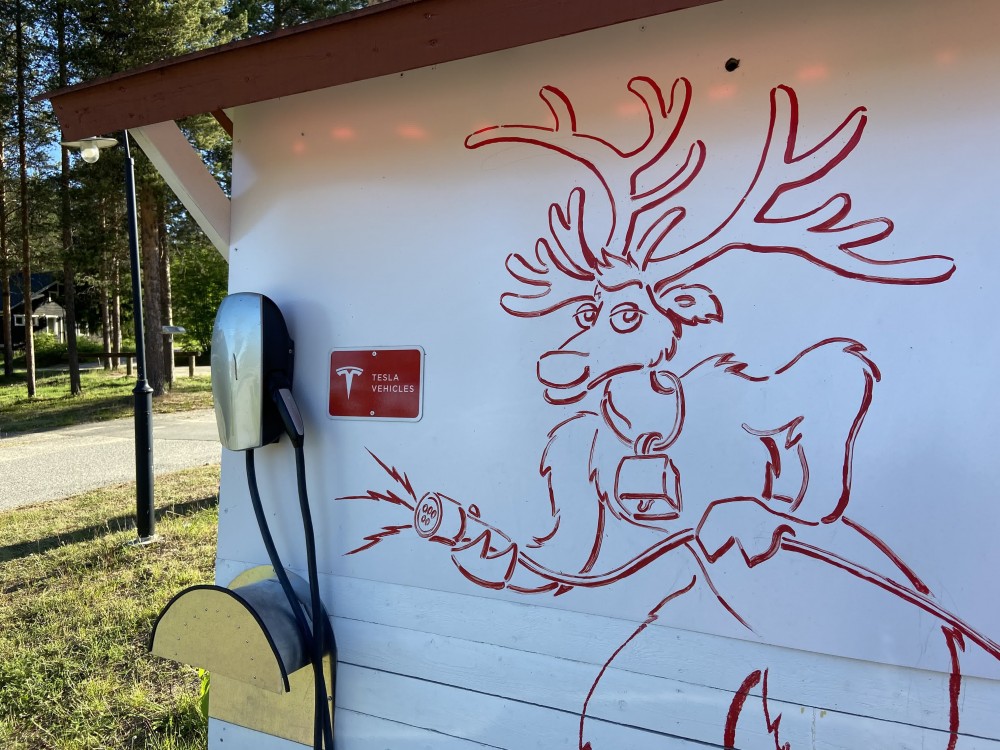
In northern Sweden, Finland and Norway, three other battery cell factories are already in pipe. Northvolt in Skellefteå, Nornickel and BASF in Harjavalta and FREYR in Mo i Rana.
First to enter production is Northvolt’s giga-factory in Skellefteå, northern Sweden. Founded by two former Tesla executives, Northvolt will commence large-scale manufacturing in 2021 and will ramp up capacity to at least 32 GWh production by 2024. The company has signed deals with both the Volkswagen Group and the BMW Group and is a major receiver of support from the European Commission to help meet Europe’s green battery production strategy. Car-makers want battery production as close as possible, and from northern Scandinavia, the production happens with 100 percent renewable energy, a greenish sales-argument in itself compared to coal-powered production in China.
Key customers have already ordered batteries from Northvolt with a value of $13 billion through 2030, the company informs. From its test production facilities in Sweden, Northvolt delivered the first battery pack in 2018. That pack was installed in a vehicle for underground mining. If Northvolt will succeed in securing all its raw materials from transparent mining in Scandinavia remains to see.
At Harjavalta refinery in northern Finland, Nornickel has entered partnership with BASF on supply of raw materials for production of lithium-ion batteries in Europe. Harjavalta gets nickel and cobalt feedstock from Nornickel’s mines in Russia.
In Mo i Rana, the Norwegian start-up FREYR aims at building a lithium-ion battery cell giga-factory with a capacity similar to Northvolt’s Skellefteå factory of 32 GWh. FREYR says its ambition is to develop a Nordic battery belt of four giga-factories. Production at the Mo i Rana factory is estimated to commence by 2023. FREYR’s activity is also financially supported by the European Union.